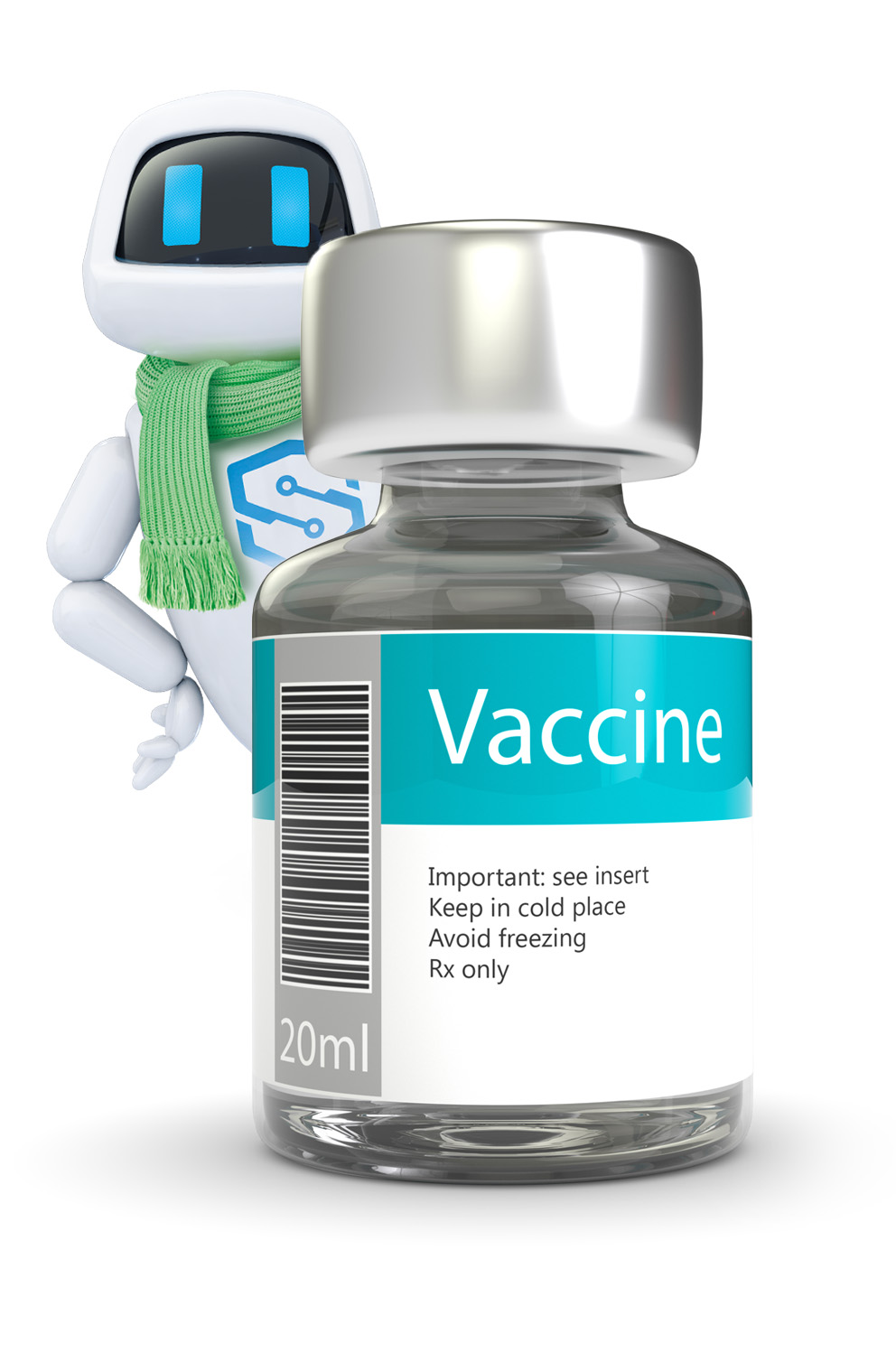Vaccines are not themselves new, but recent developments are paving the way for an exciting future of increased immunology.
Did you know the word ‘vaccine’ comes from the Latin word for cow, vacca?
Vaccines have a long history but the first successful, modern one, was developed in 1796. To summarise a long and detailed history, over two hundred years ago, Dr Edward Jenner inoculated 8-year-old James Phipps from the scourge of the century – the deadly smallpox disease – with matter taken from a dairy maid’s cowpox lesions. Ever since then, vaccines have developed in leaps and bounds – culminating with the Covid vaccine that was created, tested and rolled out in a mere ten months.
PharmaScout was lucky enough to interview two leading vaccine experts for this article – Prof Duncan Steele of the Bill Gates Foundation and Deborah Atherly from PATH – and with their insights we have compiled a list of recent medical breakthroughs and bleeding-edge concepts that are taking us to the next frontier of vaccine science.

mRNA Technology
This was the breakthrough that made the Covid vaccine possible. Though in the works for years, the outpouring of funds and global panic about Covid-19 pushed the development of this technology to a real, workable solution. What is this mRNA technology? As Pfizer explains, “mRNA vaccines contain messenger RNA (that’s what mRNA stands for), which is essentially a genetic blueprint that tells the body how to produce a protein that will trigger the immune system to generate the precise antibodies and immune cells needed to destroy a particular bacteria or virus.” Based on the success of the Covid vaccine, mRNA vaccines are in the works for both influenza and shingles. As they are easier to produce in the laboratory than the materials used in other vaccines, they can be produced rapidly and responsively to new viral strains.
Maternal vaccines
“What’s quite revolutionary,” says Deborah Atherly, Global Head of Policy, Access, and Introduction at the PATH Center for Vaccine Innovation and Access, in an interview with PharmaScout, “is they are vaccinating the mother to save the infant.” This concept relies on the fact that mothers naturally share antibodies with foetuses through the placenta, and allows doctors to protect babies that are too young for direct vaccines. There are some diseases that disproportionally affect newborns, and this allows them to receive some protection from these deadly viruses. As The Washington Post explains, “…maternal vaccination is a way of giving babies a temporary, but immediate, shield of immune protection.”
The newest RSV (respiratory syncytial virus) vaccine, in development by Pfizer, is quite a hot topic. This disease is very dangerous for babies under 6 months old because of their smaller airways and is the leading cause of hospitalizations for infants.
RTS,S malaria vaccine
Unlike the historically speedy development of the Covid vaccine, this revolutionary vaccine against a parasite instead of a virus or bacteria was over 30 years in the making before it’s roll out in 2021. Considering that in 2019 over 250 000 children under five years died of malaria in Africa in 2019, this development could start making a real difference soon. The first vaccine, the RTS,S/AS01 (Mosquirix), is against the most popular parasite, Plasmodium falciparum. More are in the works.
Microarray patches
Imagine getting a vaccine without a nurse, or a needle. That’s the future PATH is envisioning with its development of the microarray patch. “Microneedle patches, consist of microscopic projections that are applied to the body like a small bandage, painlessly penetrating the skin’s outermost layer to deliver a drug or vaccine to the top layers of the skin,” describes PATH. The benefits of this patch are multifold: they are light and easy to transport, they don’t require medical expertise to administer, they’re easy to dispose of (unlike dangerous ‘sharps’), and they don’t need a cold chain. Currently, the measles and rubella vaccines are packaged in five-to ten dose vials that require refrigeration and are often wasted due to mismanagement. The microarray patch could change this dynamic completely.
More efficient vaccine delivery
In addition to the technology being developed, the use of drones is changing vaccine delivery. Pfizer gives the example of the Covid vaccine being delivered to rural Ghana during the height of the pandemic. In addition to the use of cutting-edge tech like drones, there are also more mundane developments that make a real difference to the logistical nightmare that often accompanies vaccine distribution to those that need it the most: like shifting the cholera vaccine from a glass vial to a plastic one.
As you can see, many of the challenges surrounding vaccines lie in the cold chain and frequent lapses in continuity. At Pharmascout, we are passionate about ethical medical care and ensuring the cold chain is preserved perfectly, no matter the vaccine’s end destination.
With these exciting changes impacting the developments of vaccines, it’s an interesting time to work in immunology – and an exciting time to look forward to more proactive care against deadly diseases. With a Pharmascout fridge, you’ll be able to keep up – no matter what’s happening.





